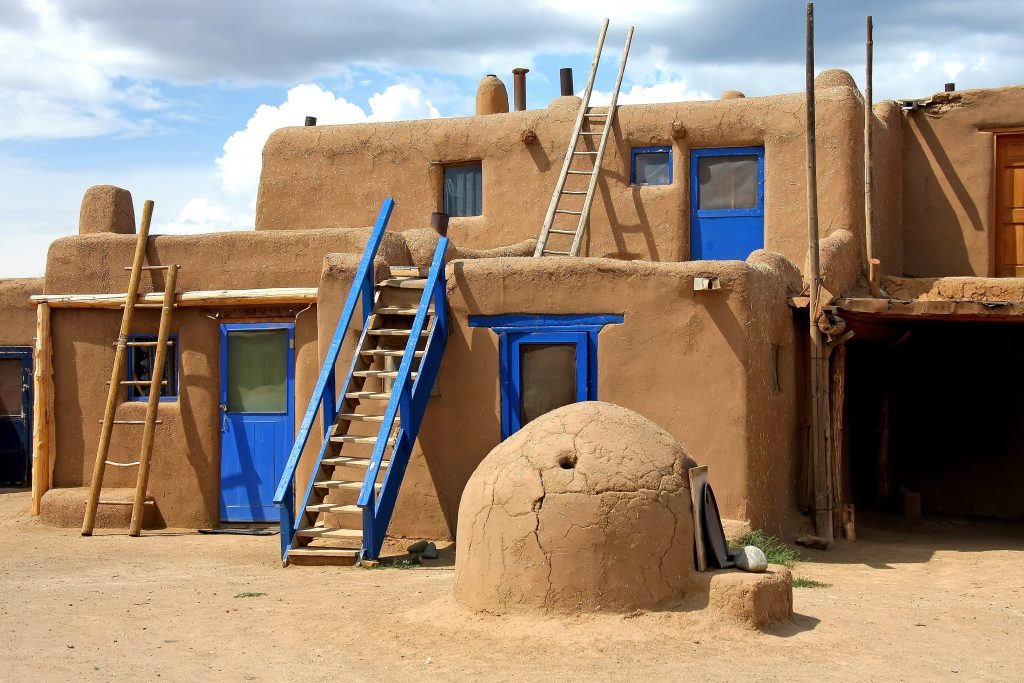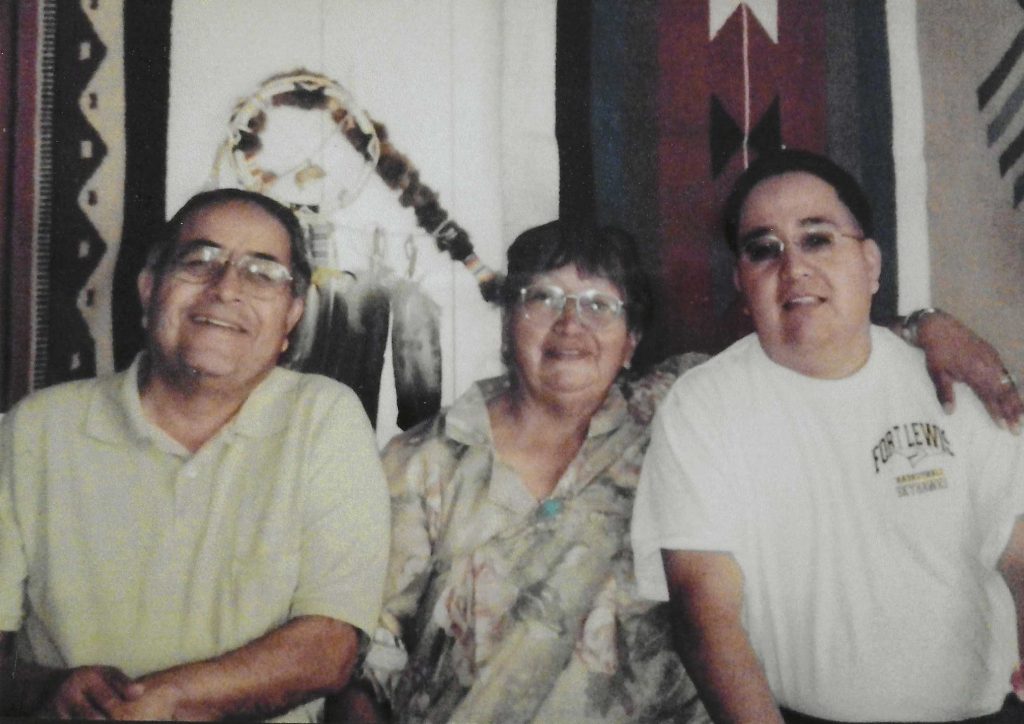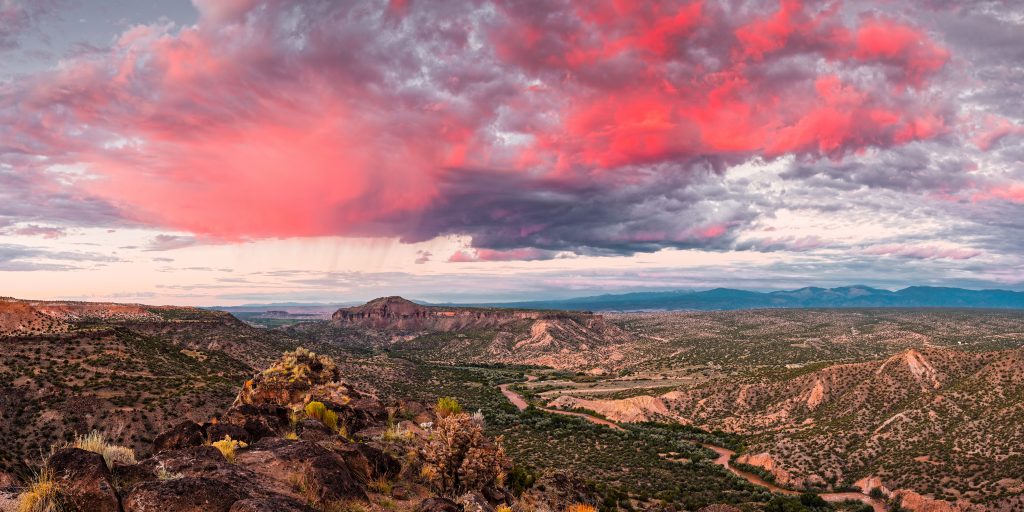The Pueblo Revolt of 1680 was more than just a rebellion – it was a historical moment of Indigenous resistance, and a message to Spanish forces that the culture, traditions, and lifeways of pueblo communities are sacred, and no one will destroy that. On this day 342 years ago, pueblo communities in what is known today as northern New Mexico said ‘enough’. They stood together in opposition to colonialism and fought for independence with the intention of preserving a culture bound in community, family, and traditions.

I’ll always remember the day that I personally learned about the Pueblo Revolt. I was in 8th grade Social Studies, receiving a writing assignment that read, “Look up a historical figure and tell us about the impact they had on our state’s history.” I knew two things going into my internet deep dive for this assignment: one – I refused to spend hours of research reading about white historical figures whom I had no personal connection to as an Indigenous person; and two – I wanted to research a person who I could not only identify with, but who shared the same ancestral homelands as me.
Through connective threads to the spirits of my ancestors, every day I can feel their presence, encouraging me to never stop fighting for our collective lifeways.
Brandy Calabaza, Communications Associate at NDN Collective
A short while into my research, there it was written across my screen, the name “‘Po’pay” from Ohkay Owingeh”. Next to his name on the screen was a marble statue in front of the Capitol Center in Santa Fe. The plaque beneath his neatly wrapped moccasins read, “Leader of the Indian Pueblo Revolt.”
At first sight, Po’pay’s statue reminded me of my grandpa, the carving so detailed that you could see the shelled necklace and a neatly folded bandana tied around his forehead. My baabaa (grandpa) was a Kewa man who loved his family, home, and culture. It was easy for me to recognize that my baabaa’s fiery spirit was a reflection of the same energy and warrior spirit that was foundational to the culmination of the Pueblo Revolt.

Executed in 1680, the rebellion itself was a clever creation – the planning taking years to bring together. Pueblo runners traveled over 300 miles throughout New Mexico and into Arizona, delivering knotted buckskin cords signaling the day of the revolt – a true story of skillful tactics, determination, and a common goal of preserving cultural independence. Leaders of the revolt would successfully bring together over two dozen pueblo communities to push the Spanish conquistadors from their ancestral lands.

The story of the Pueblo Revolt is a representation of the power we hold and the things we are capable of when united. And for me personally, the story of the Pueblo Revolt is something that I felt deeply connected to, bringing awareness to the ways in which the sacrifices of our Ancestors preserved the culture that is embedded within me.
Through connective threads to the spirits of my ancestors, every day I can feel their presence, encouraging me to never stop fighting for our collective lifeways. As my baabaa taught me, I place my spirit bowl out onto the table and thank them for never leaving me.
As descendants of these great warriors, we must extend gratitude today and always for their acts of resistance.
